Alloy Steel Plate
Alloy Steel Plate
Alloy steel plate is a steel plate material synthesized from a variety of metal elements.
Alloy Steel Plate
Features
- High strength: Compared with ordinary steel plates, alloy steel plates have higher strength and can withstand greater pressure and tension.
- Good toughness: It is not easy to break when subjected to impact or vibration, and has good toughness.
- Corrosion resistance: The addition of some alloy elements makes the alloy steel plate have good corrosion resistance and can be used in harsh environments.
- High temperature resistance: Some alloy steel plates can maintain good performance in high temperature environments and are suitable for high temperature working conditions.
Uses
- Mechanical manufacturing: used to manufacture parts of various mechanical equipment, such as gears, shafts, bearing seats, etc.
- Construction engineering: In large-scale building structures, alloy steel plates can be used to manufacture load-bearing components such as steel beams and steel columns.
- Shipbuilding: Due to its corrosion resistance and high strength, it is widely used in parts such as the hull and deck of ships.
- Petrochemical: In the petrochemical industry, alloy steel plates can be used to manufacture pressure vessels, pipelines and other equipment.
Classification
- Low alloy steel plate: alloy element content is low, generally below 5%. It has good welding performance and processing performance, and the price is relatively low.
- Medium alloy steel plate: alloy element content is between 5% and 10%. It has high strength and toughness, and is suitable for some occasions with high requirements for material performance.
- High alloy steel plate: alloy element content is above 10%. It has very high strength, corrosion resistance and high temperature resistance, but it is expensive and difficult to process.

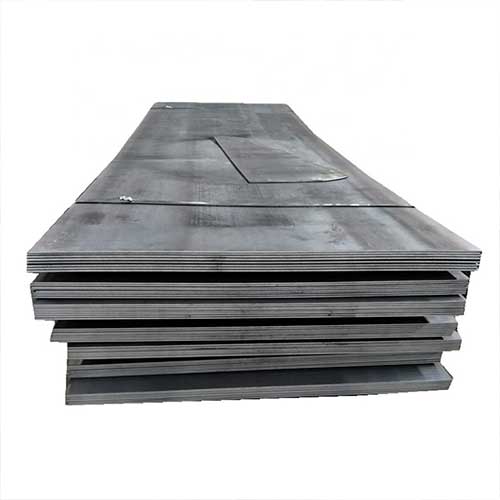

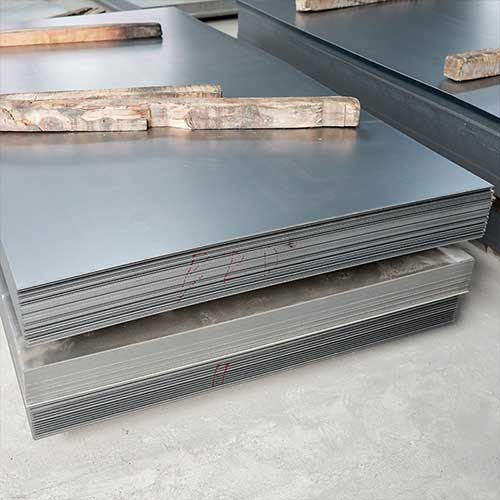

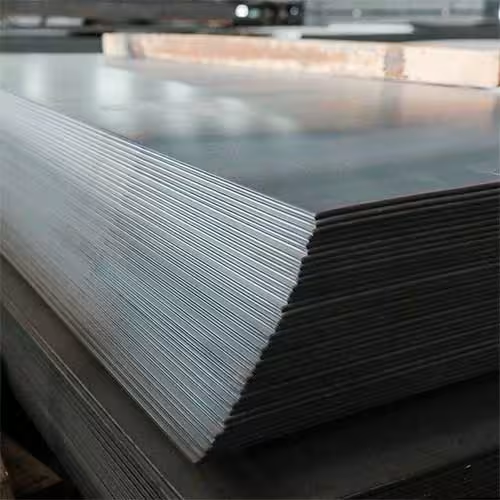
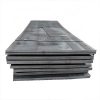


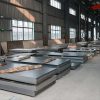

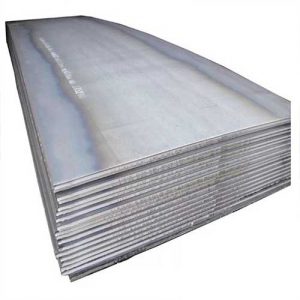
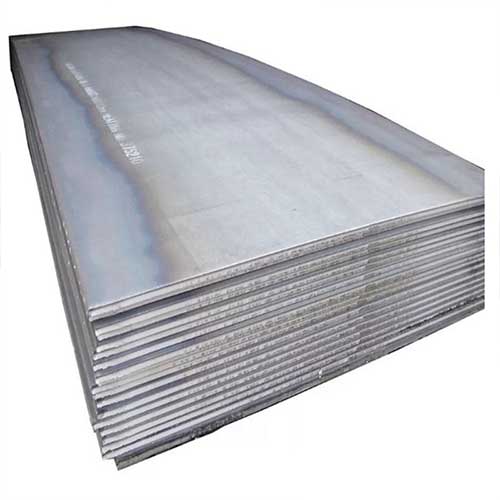
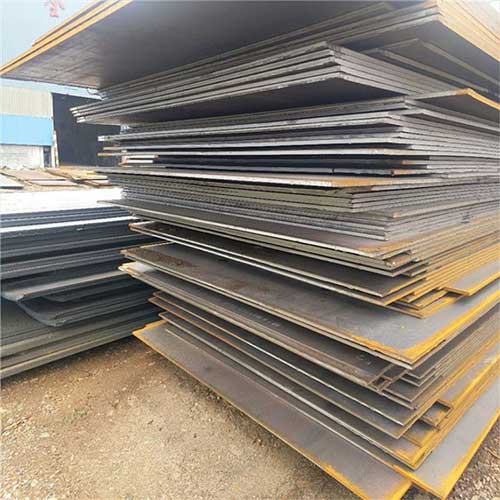
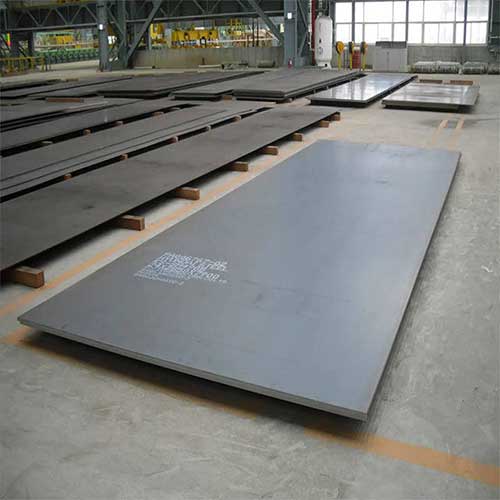
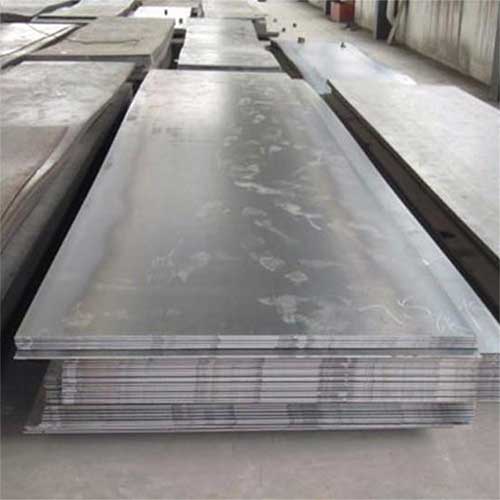

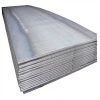
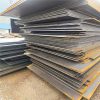
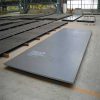
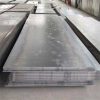
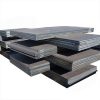

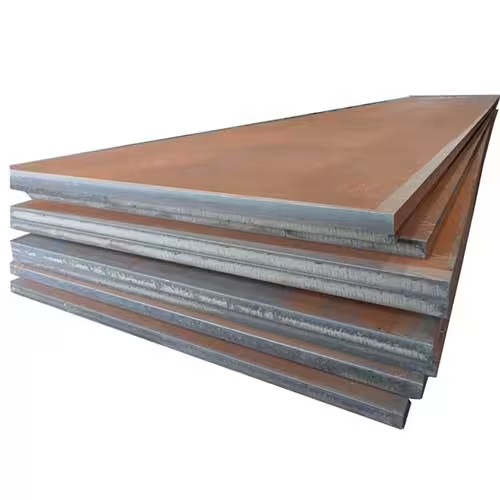
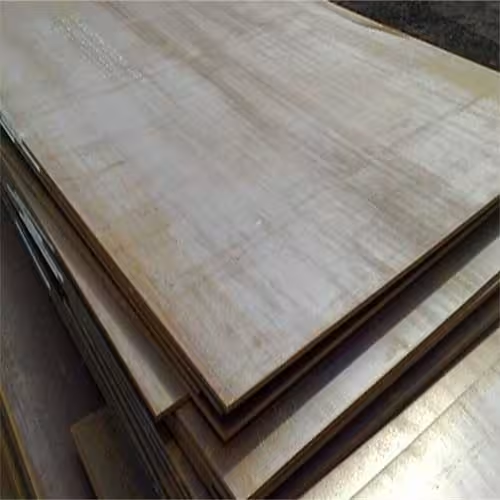
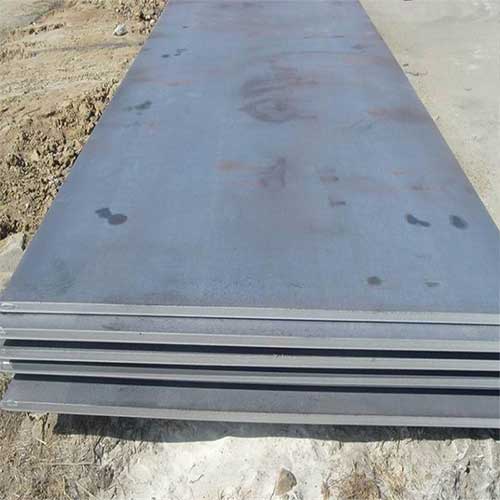


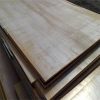
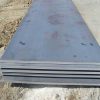
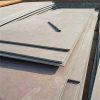

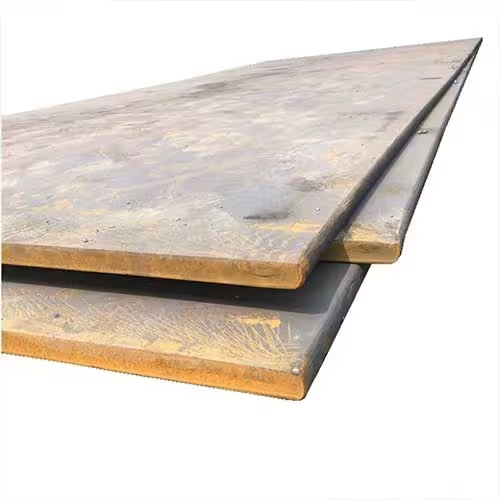



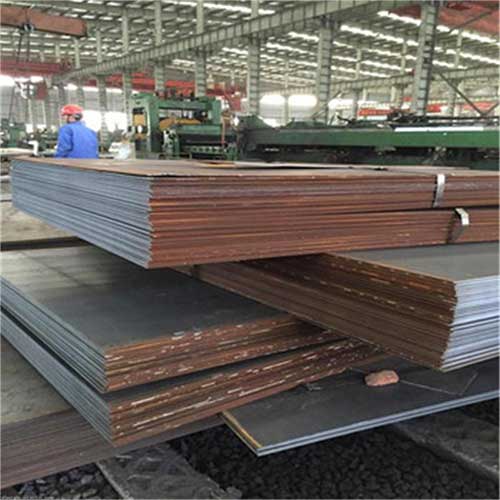
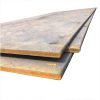
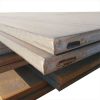
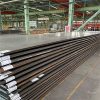
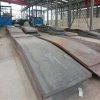
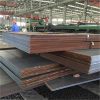

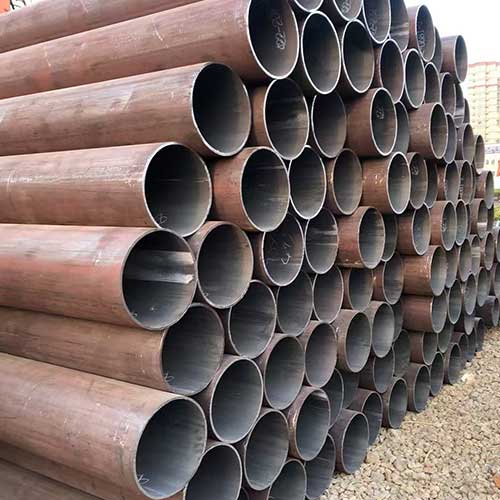
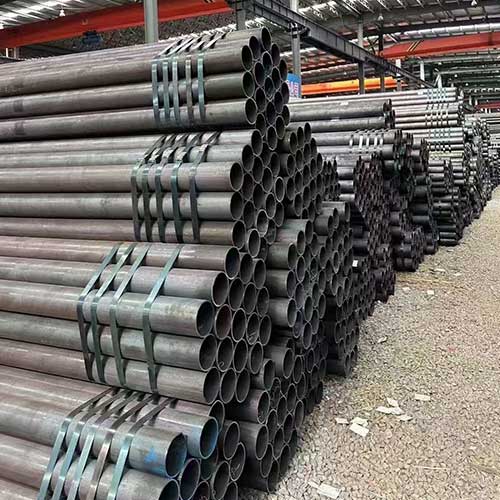
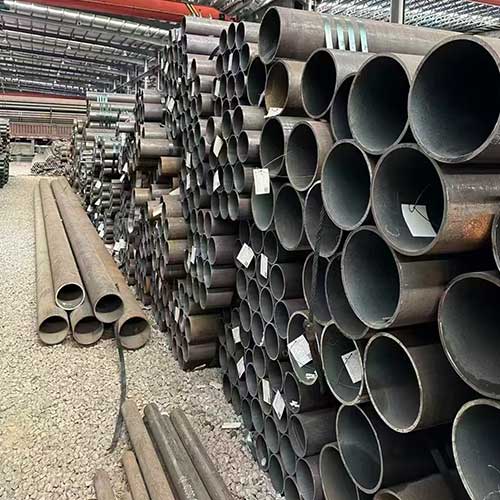
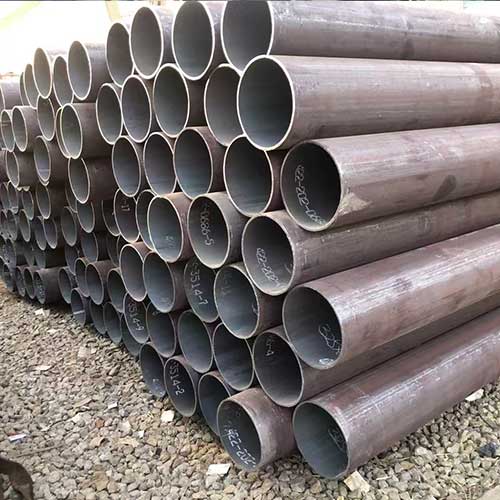




Reviews
There are no reviews yet.